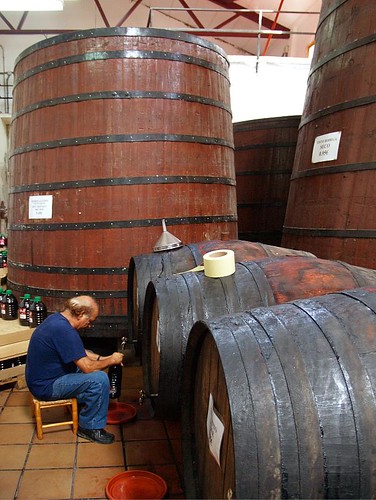Back in the 1970s for many people the Costa Blanca was Benidorm and Benidorm was the Costa Blanca. Today, for those less familiar with the area, this pioneering resort has been joined by Alicante and Torrevieja as representative of the “White Coast”. With the inevitable spread of tourism, other places have also developed along this Mediterranean coastline as magnets to (mainly) northern Europeans, including Calpe, Dénia, Javea and Moraira.
While these destinations cater to a whole range of people seeking different styles of holiday and offer some great experiences, by their very nature, they have developed beyond what they were before the arrival of tourism. And, ironically perhaps, there are those of us who do like to see something traditional and ‘undeveloped’ while on holiday. I hesitate to use this word for fear of opening up the “tourist or traveller” debate but Benidorm and Alicante are not the ‘real’ Costa Blanca.
A member of the Drivalia team, Angel, comes from the small town of Benigembla in the Pop Valley. The town is around 90 kilometres from the Drivalia office at Alicante airport, 23 kms from Dénia and just 50 kilometres from Benidorm.
Angel would encourage Drivalia Car Rental customers to explore the inland areas, like Pop Valley with its mountains and small towns, for a completely different perspective to the coastal region. And it is all just a short drive away.
View Pop Valley in a larger map
The town of Benigembla is of Moorish origin and one of nine towns forming the district of La Vall de Pop (also known as Jalon Valley) within the Marina Alta in Eastern Spain. The other towns in the district are: Alcalali, Benissa, Parcent, Jalon, Castell de Castells, Lliber, Senija and Murla. Of these, Benissa is the largest with a population of around 15,000, and the smallest is the village of Lliber with around 1,000 inhabitants.
Each town has its own charm and attractions including churches, cave paintings, archaeological remains and hermitages and all surrounded by stunning scenery: magnificent mountains and plains of olive trees, orange groves, vineyards, raisins and almonds.
It is no wonder that many expats have adopted this area as home. Remember I am using ‘real’ here in the sense of ‘undeveloped’.
If during your visit you would like to park-up for a while, the area is great for mountain hiking, walking and cycling. From a gentle stroll to a six hour walk, you can take time to take it all in.
One of the best times to visit the area is in January and February when much of the valley is covered in a blanket of pink and white almond blossom.
Pop Valley is also well known for its vineyards and local bodegas producing wines like the sweet white Moscatel.
Much of the charm and tradition of La Vall del Pop can of course be experienced at fiesta time and the fiestas of the district are concentrated in the months of June, July and August, with street parties, fireworks and bull-running.
If you are visiting the Costa Blanca, Angel and the rest of the Drivalia team recommend you explore beyond the coast and discover the stunning scenery and charms of inland Alicante.
For more information on the Pop Valley visit the Vall de Pop website.
 Sweden
Sweden


